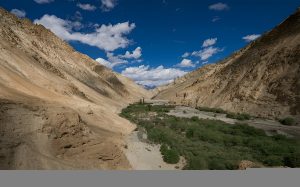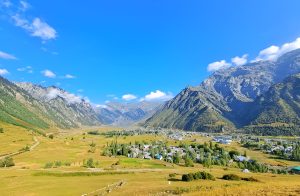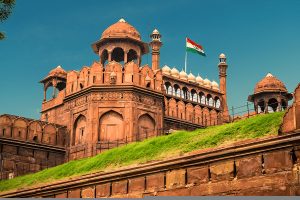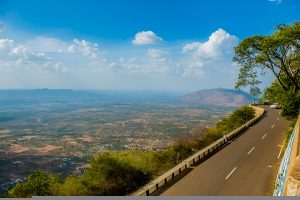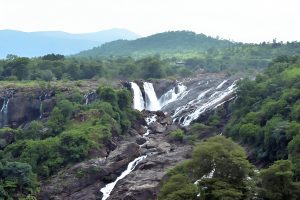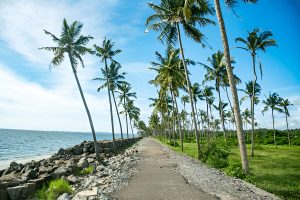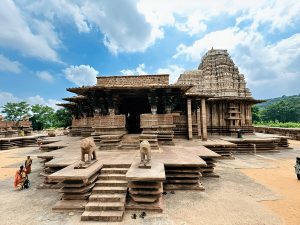As someone who loves to travel and is constantly searching for hidden gems, I recently took a long-awaited vacation from Bangalore to the famous Konark Sun Temple in Odisha. More than just a monument, this 13th-century wonder is a dazzling example of India’s spiritual depth and architectural brilliance. This voyage is sure to be a memorable chapter for anyone looking for both historical understanding and a tranquil getaway.
The Journey: From the Garden City to the Land of the Rising Sun
I began my trip from Bangalore, catching an early morning flight to Biju Patnaik International Airport in Bhubaneswar. The flight was approximately two hours long. Once I landed, I rented a car directly from the airport for the next leg of the trip — a 65 km drive to Konark. The road trip from Bhubaneswar to Konark took me roughly 1.5 hours, passing through scenic rural Odisha with lush fields and the occasional glimpse of traditional village life.
Alternatively, if you prefer, you can take a train to Puri and drive from there (just 35 km away), but I wanted to enjoy the highway drive straight from Bhubaneswar.
Standing Before a Masterpiece
When I first arrived at Konark Sun Temple, I realized why this location is a living work of art rather than merely an ancient ruin. Constructed by King Narasimhadeva I in the 13th century, the temple is shaped like a massive chariot of the Sun God, with seven horses propelling it forward and 24 finely carved wheels, each measuring around 12 feet in diameter.
The temple, built in the 13th century by King Narasimhadeva I, is designed as a gigantic chariot of the Sun God with 24 intricately carved wheels, each about 12 feet in diameter, and seven horses pulling it forward.
The level of detail in the carvings left me speechless. From celestial dancers to mythical creatures and even subtle depictions of daily life from centuries ago, every inch of the stone seemed to whisper secrets from the past. It’s said that the temple was designed to catch the first rays of the sunrise, illuminating the sanctum in gold. Though time and invasions have left parts of it in ruins, the remaining structure continues to radiate the same divinity.
Uniqueness
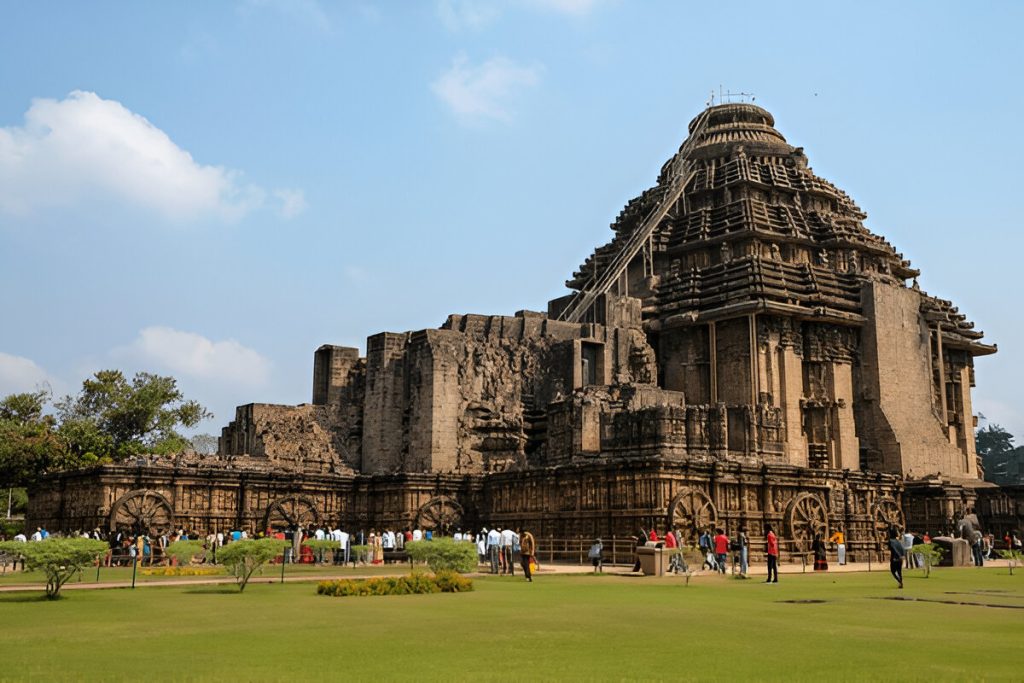
Architectural Brilliance
The precision in the alignment of the wheels, which also function as sundials, is extraordinary. Yes, you can literally tell the time by the shadow of these wheels. It features 24 intricately carved wheels, each 12 feet in diameter, symbolizing the 24 hours of the day. These wheels also function as sundials. The temple’s orientation is precise — the first rays of the morning sun once illuminated the deity inside the sanctum. The structure is adorned with exquisite stone carvings showcasing remarkable craftsmanship in the Kalinga architectural style.
Erotic Sculptures
The temple’s exterior walls are richly decorated with sensual and erotic sculptures, a hallmark of medieval Indian temples. These carvings depict scenes from the Kama Sutra, symbolizing fertility, love, and the celebration of life, blending spiritual and earthly desires. These sculptures reflect the concept of Moksha (liberation), where earthly pleasures are seen as part of the journey toward spiritual enlightenment.
Historical Aspect
The temple stands as a powerful testament to the cultural and maritime glory of the Ganga dynasty. It is believed that the temple originally housed a massive magnet that held the iron-rich idol of Surya in mid-air. The temple faced significant damage over centuries due to natural disasters and invasions, yet its surviving structure continues to captivate historians and archaeologists.
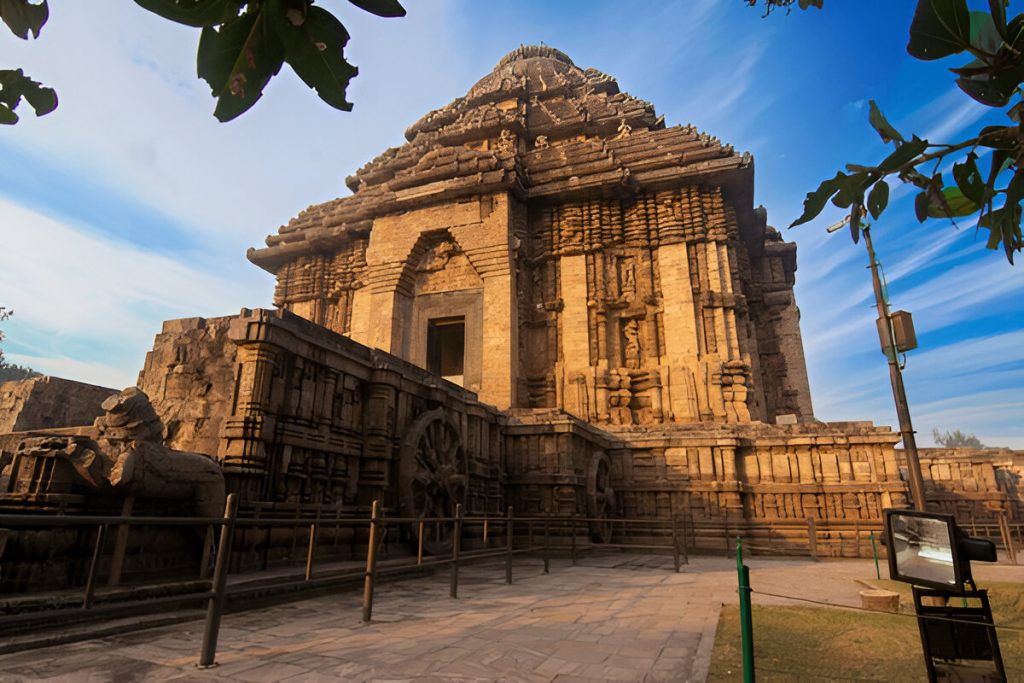
Entry Fee and Timings
Visiting the Sun Temple is quite straightforward:
Entry Fee:
Indian Nationals: ₹40 per person
Foreign Nationals: ₹600 per person
Children under 15: Free
Tickets are available both online and at the counter. I recommend purchasing them via the ASI (Archaeological Survey of India) portal to skip long queues, especially during the tourist season.
Timings: The temple is open from 6:00 AM to 8:00 PM, and believe me, sunrise and sunset are the best times to witness its magic.
Parking Details
For those driving down, parking is available just a short walk away from the main temple complex:
Parking Fee: ₹50 for cars and ₹20 for two-wheelers.
The lot is reasonably spacious and guarded. Local guides often hover near the parking area, and I’d recommend hiring one if you wish to truly understand the deeper symbolism in the carvings.
Additional Tips From My Side
Wear comfortable footwear; you’ll be walking quite a bit.
Carry water, especially during summer. Odisha’s scorching heat will leave you thirsty and tired, so hydrating well is a must.
Local eateries near the temple serve authentic Odia cuisine—I highly recommend trying the dalma and chhena poda.
Chandrabhaga Beach
If time permits, visit Chandrabhaga Beach, just 3 km away, for a serene sunset. It is a perfect spot to unwind after exploring the historic site. Known for its clean shores and golden sands, the beach is also famous for witnessing some of the m
It is a perfect spot to unwind after exploring the historic site. Known for its clean shores and golden sands, the beach is also famous for some of the most breathtaking sunrises and sunsets on the eastern coast. If you visit in February, you might catch the Chandrabhaga Mela, a vibrant local festival where thousands gather for a holy dip and cultural celebrations.
My Last Thoughts
My journey from Bangalore to Konark wasn’t just a trip—it was a walk-through history. The Sun Temple is not only a UNESCO World Heritage Site but also a timeless reminder of India’s ingenuity, spirituality, and artistic prowess. Witness a mix of mythology, architecture, and a touch of mystery.
So, the next time you’re yearning to escape Bangalore’s urban rush for something magical, consider the land of the rising sun. Trust me, the stones of Konark have stories waiting just for you.




